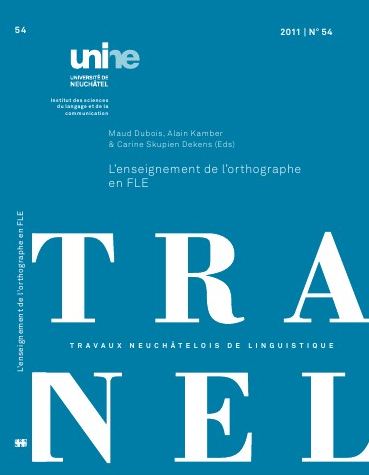Les étudiants natifs et allophones face à l’orthographe française: le cas des homonymes
DOI :
https://doi.org/10.26034/tranel.2011.2821Résumé
As a mixed system, French spelling has both significant phonographic and semiographic characteristics. Due to the impact of spelling structure on learning and acquisition strategies, one must take into account these specificities when elaborating teaching tools. Nonetheless, most FFL spelling textbooks focus on the phonographic dimension and give little weight to semiography.
The survey on homonyms conducted among native and non native speakers of French, studying at the University of Strasbourg, unveiled the better results of the latter in writing logograms during a written examination. However, in gap filling exercises, their success rate is significantly lower than that of natives, due to difficulties encountered in vocabulary. Both groups relied heavily on meaning to write the logograms they heard. This fact shows that the semiographic dimension gains importance when phonography is powerless to help the writers.


